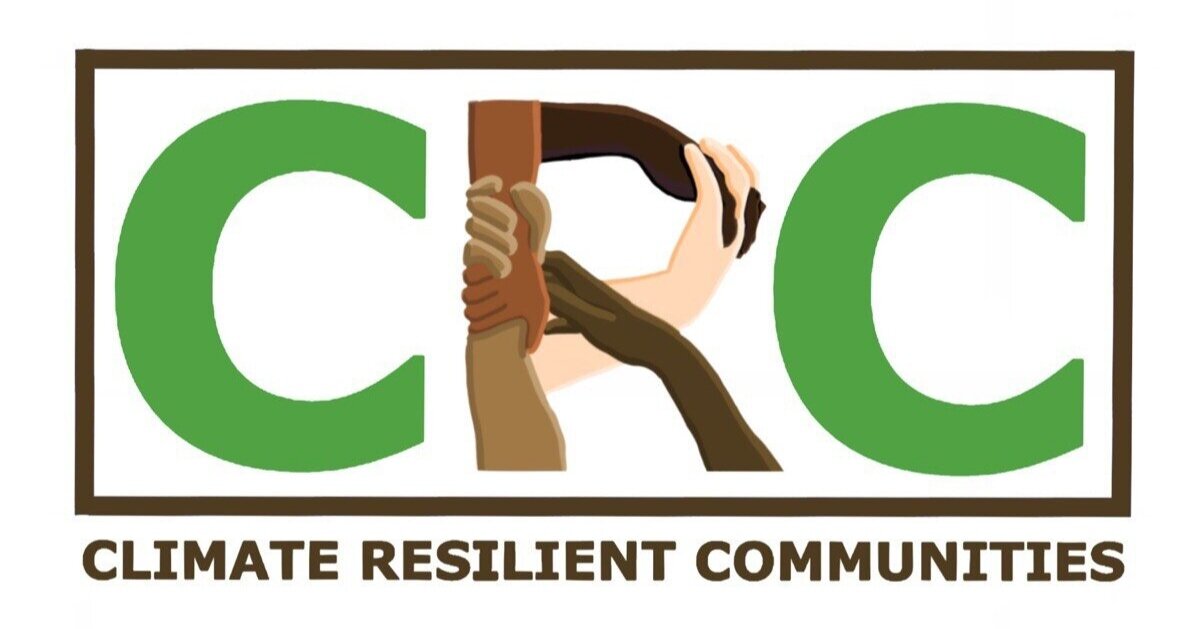Redefining Sustainability
Reframing Climate Change & Environmentalism with an Equity and Justice Lens

Resilience: the ability to buffer, adjust, and continue in response to external forces or shocks.
Ways to enhance the built environment to be more environmentally sustainable
Designing homes to be more energy efficient is one way to curb carbon emissions and create healthier living conditions for a growing urban population. Focusing these efforts in the affordable housing stock and retro-fitting homes to be weatherized appropriately for more extreme weather due to climate change.


- Insulate windows to prevent heat loss at night
- Build in thermal-mass back walls that store sun's heat
- Install roof windows that vent warm air out in Summer
A home's mechanical, electrical and plumbing engineering need to be designed to be as energy efficient and sustainable as possible to reduce their carbon footprint and save homeowners and renters on utility costs. These three technical fields cover the systems that make buildings habitable for humans. MEP installations are normally designed together, due to the high degree of interaction between them. A homes HVAC system(space heating, ventilation, and air conditioning) keep a comfortable indoor temperature, while mechanical ventilation also maintains the inhabitants health by supplying fresh air and filtering pollutants. Mechanical ventilation also provides a constant supply of fresh air, to keep pollutants at low and safe levels.
Mechanical design involves finding the optimal routes for heat distribution systems: air ducts, refrigerant lines, hydronic piping, steam piping, etc. If combustion is used for heating, equipment must be properly vented to remove harmful exhaust gases.
In high-rise constructions, finding the optimal routes for electrical conduit and wiring can save plenty of material. There tends to be more design flexibility than with mechanical systems, since electrical circuits use less space and can be routed around obstacles more easily. With the aid of MEP design software, conduit and wiring can be laid out while minimizing total circuit length, and avoiding location conflicts with mechanical and plumbing installations. Lighting installations are the electrical system with the highest energy consumption in most buildings. LED lighting is frequently recommended by energy consultants, since it achieves typical savings of 30% to 90%, depending on the lamp type replaced. Many design software packages can simulate lighting, to determine the optimal number of fixtures and their layout. HVAC is an area that requires close collaboration between mechanical and electrical engineers: Mechanical engineers calculate the space heating and air conditioning loads, to determine equipment capacities. Electrical engineers design the electrical circuits and protection measures that allow this equipment to operate continuously and safely. Furnaces and boilers are the main HVAC components that use fossil fuels as an energy source. Air conditioners, chillers, air handling systems and hydronic pumps work with electricity in most cases.
The plumbing design process involves a layout of piping routes, similar to ductwork in mechanical design and conduit in electrical design. MEP engineers use advanced software to simplify the process and avoid clashes. Plumbing installations interact with mechanical and electrical systems at many points, and collaboration among design teams is important: High-rise buildings normally need water booster pumps, which run with electricity. Domestic hot water systems normally use a dedicated water heater, or a heat exchanger connected to a space heating boiler.
Curbing Carbon

Climate Scientists have warned of the dangers rising Carbon emissions have for our planet and our climate if human caused CO2 is not drastically reduced by 2050. The COP26 conference highlighted some of the most pressing issues and actions governments and industries can take to reduce the carbon emissions and help mitigate the harmful effects of climate change. As for the United States, the Biden adminstration took a bold stance on this matter and laid out a comprehensive plan to tackle the climate crisis while recovering from the pandemic. This Green New Deal Another way to ensure communities are prepared to withstand the effects of extreme weather events is to design and retrofit existing infrastructure to be climate resilient.
Ways to make these efforts more accessible to historically marginalized communities
- Private Sector Energy Providers partnering with state agencies to provide income eligible no-cost insulation and air sealing upgrades to homes
- Providing financial incentives to homeowners and small businesses,such as rebates and tax breaks
- Providing low interest loans to homeowners to invest in clean energy measures such as solar panel installation and installing high efficiency electric heat pumps, that do not depend on fossil fuels for energy.

What does justice look like in the built environment, in our neighborhoods and communities?


Justice can take many forms, such as having greater access to more green space and more capacity for tree canopy in our neighborhoods. It can also manifest in the quality and comforts of our homes, schools, churches and other community buildings where people live, work adn play. Lastly it can be measured by the heath and wellbeing of its inhabitants.

About Me
I identify as a first generation American, proud Latinx Mexican American from The Rio Grande Valley of Texas. A relatively new New Englander, adjusting to the harsh winters and humid summers of the region, I have come to find a home in Boston, MA. After being the first in my family to attend and graduate from college, I moved to the Boston area to pursue a career as an educator. My passion for social justice has informed my professional career trajectory and my work has revolved around serving immigrant communities from working with immigration attorneys, to working with service workers unions and teaching English Language learners in the public school system, I have enjoyed my direct service work which informs my entry into the realms of Environmental Justice and sustainability in the built environment. I come to this work from a community that has historically been undeserved and disinvested in. I approach Environmental issues from an understanding of intersectional systemic issues that are rooted in a legacy of extractive colonialism,racism and classism that needs to be addressed holistically if we are to have a sustainable future on this planet. A great reverence for the natural world also fuels my desire to lessen the negative human impacts to natural habitats and earth's climate and regulation systems.